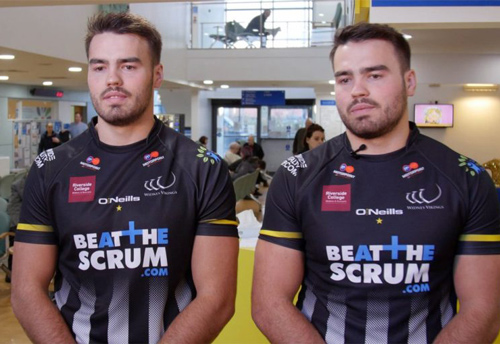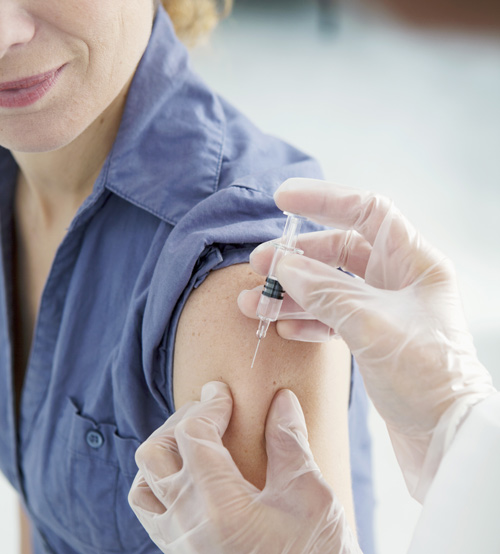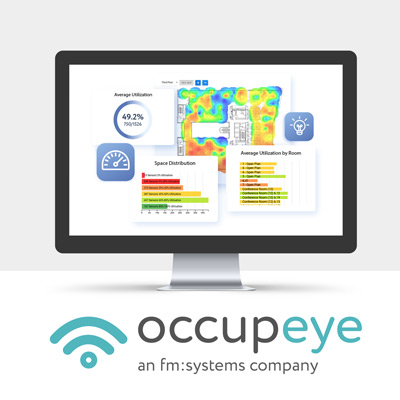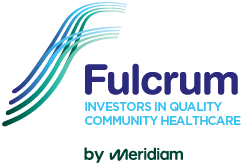With more than 40 healthcare facilities across the UK, at the heart of Fulcrum’s approach is a focus on ‘driving better use’ to ensure that the buildings continue to be well-used and best serve the communities around them.
It is true that some modern healthcare centres face ‘utilisation’ challenges, where valuable space goes through periods of under-use. Fulcrum tackle this challenge head-on, with a dedicated team focussed on ‘realtime’ measuring of utilisation across its buildings, and identifying ways to work with partners and the community to drive better use. Some of the partnerships, initiatives and innovations Fulcrum has invested in include:

PARTNERING WITH OTHERS TO DRIVE BETTER USE
- For Fulcrum, using the reach and influence of local sports clubs has been a particularly effective way to engage with local residents to help drive better use of community healthcare facilities
- In the North West, Fulcrum partnered with Widnes Vikings rugby club to deliver the ‘Beat the Scrum’ campaign, with Widnes Vikings stars explaining the community healthcare choices available to fans, helping them to avoid placing unnecessary strain on hospital resources – the award-winning campaign led to a 25% increase in the use of the Widnes Urgent Care Centre instead of local A&E departments
- In south London, Fulcrum is partnering with AFC Wimbledon football club to deliver a range of activities which will support community health and the after effects of COVID-19
- Also in the North West, a partnership is in place with the Community Integrated Care (CIC) charity with Fulcrum identifying under-used space in its buildings that the charity could use in its work to support individuals with learning disabilities, Autism and dementia
ADAPTING BUILDINGS TO RESPOND TO EMERGING HEALTHCARE PRESSURES
- Fulcrum’s buildings are designed to offer future-proofed space that can adapt to the NHS’s changing needs – COVID-19 has underlined the benefits of having flexible healthcare space in the heart of the community
- As the early impacts of the pandemic began to be felt, several of Fulcrum’s facilities were quickly adapted to create separate ‘hot hub’ areas to treat suspected COVID cases, and ‘cold hub’ areas to maintain normal healthcare services. In addition, several of Fulcrum’s facilities were mobilised by the NHS to support the Emergency Departments of nearby hospitals and to create COVID-19 testing centres – a number of buildings are also now to be used as vaccination centres
- Gracefield Gardens health centre in south west London is another example of Fulcrum working with healthcare providers and using the flexibility of its buildings to drive better use by patients
- With changes and growth in the local population, Fulcrum is redesigning space in the building to create an expanded GP surgery to meet growing demand. Space will also be created for a Living Well Network hub, offering Lambeth residents a single access point for mental health services, ensuring that an easily navigable system is in place, reducing duplication and fragmentation across services

ADAPTING BUILDINGS TO RESPOND TO EMERGING HEALTHCARE PRESSURES

- Fulcrum’s buildings are designed to offer future-proofed space that can adapt to the NHS’s changing needs – COVID-19 has underlined the benefits of having flexible healthcare space in the heart of the community
- As the early impacts of the pandemic began to be felt, several of Fulcrum’s facilities were quickly adapted to create separate ‘hot hub’ areas to treat suspected COVID cases, and ‘cold hub’ areas to maintain normal healthcare services. In addition, several of Fulcrum’s facilities were mobilised by the NHS to support the Emergency Departments of nearby hospitals and to create COVID-19 testing centres – a number of buildings are also now to be used as vaccination centres
- Gracefield Gardens health centre in south west London is another example of Fulcrum working with healthcare providers and using the flexibility of its buildings to drive better use by patients
- With changes and growth in the local population, Fulcrum is redesigning space in the building to create an expanded GP surgery to meet growing demand. Space will also be created for a Living Well Network hub, offering Lambeth residents a single access point for mental health services, ensuring that an easily navigable system is in place, reducing duplication and fragmentation across services

EMBRACING TECHNOLOGY TO DRIVE BETTER USE
- Also central to Fulcrum’s approach is using cutting-edge technology to deliver brilliant basics – ensuring the right people are doing the right things, and that healthcare facilities are safe, well-maintained and well-used
- At Waldron Health Centre in south east London, the innovative ‘Occupeye’ software is in place throughout the building to help monitor bookable space for service providers and the local community to use
- Embracing ‘tele-health’ at Fulcrum’s facilities has also been important, especially with patient visits restricted by the COVID pandemic
- The Nelson Health Centre in south west London includes a telephone triage GP team with a dedicated space for ‘navigators’ to decide where to guide patients helping to free up valuable clinical space, and up to 8 GPs to offer telephone consultations
- With some small adjustments, tele-heath provision has been able to remain active throughout the COVID pandemic, continuing a vital service for local residents and ensuring building space continues to be well-used
